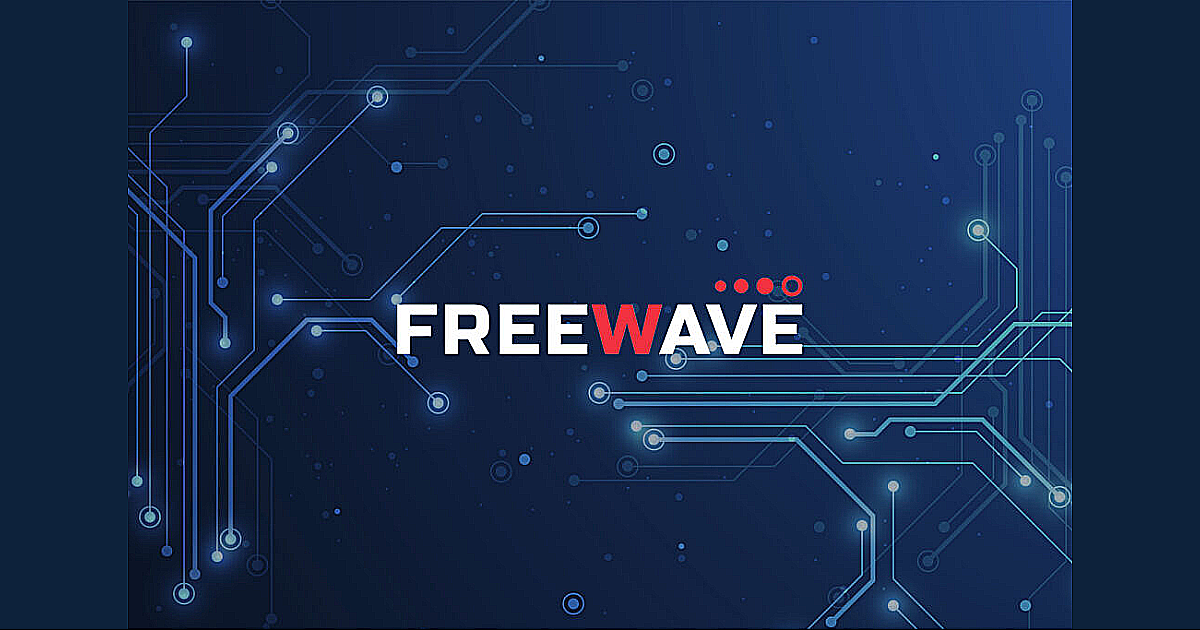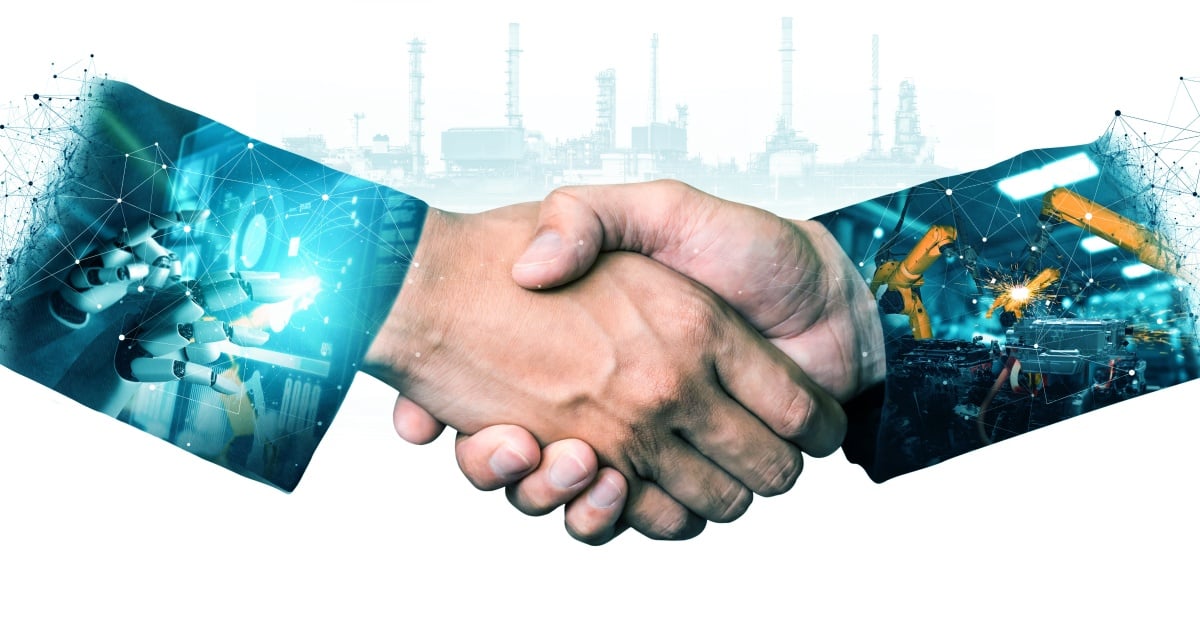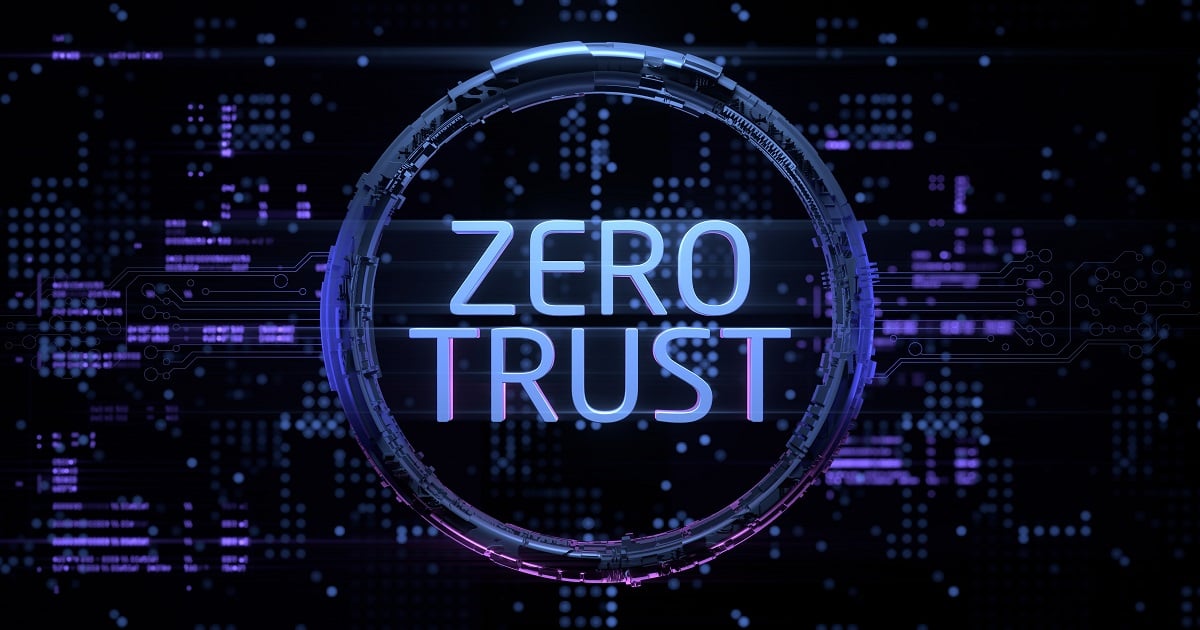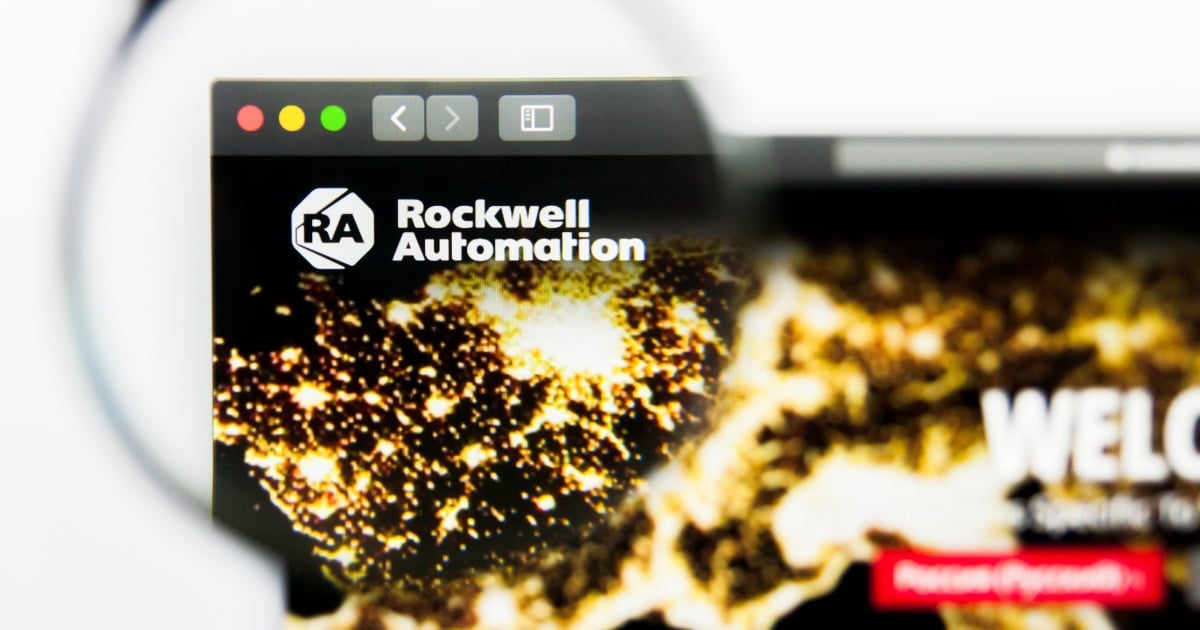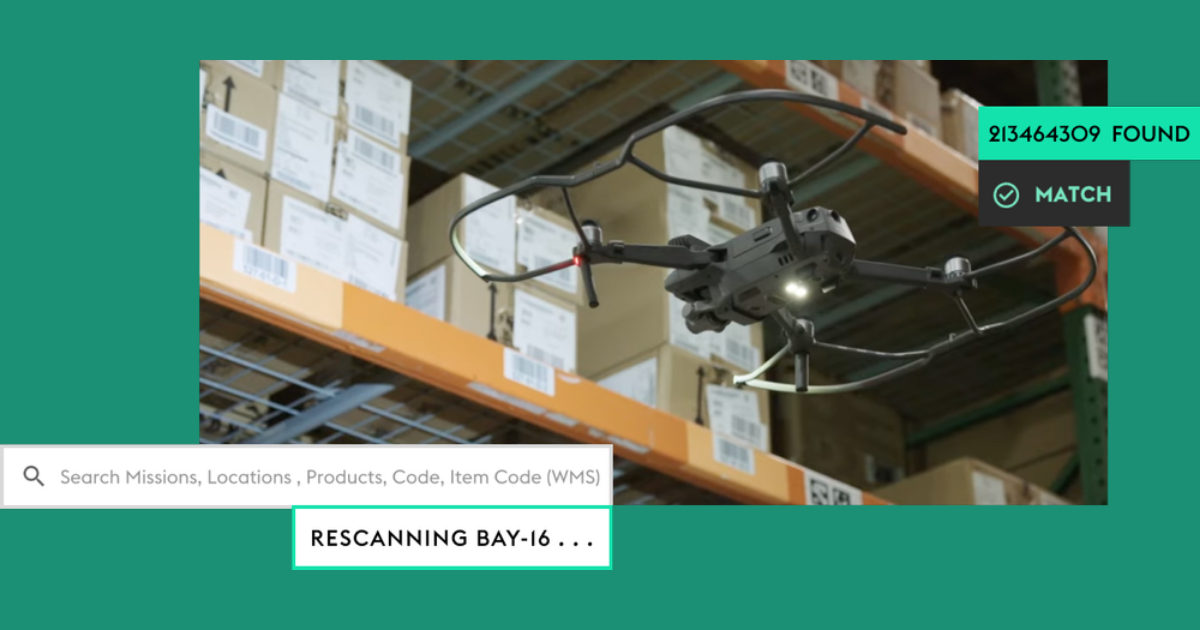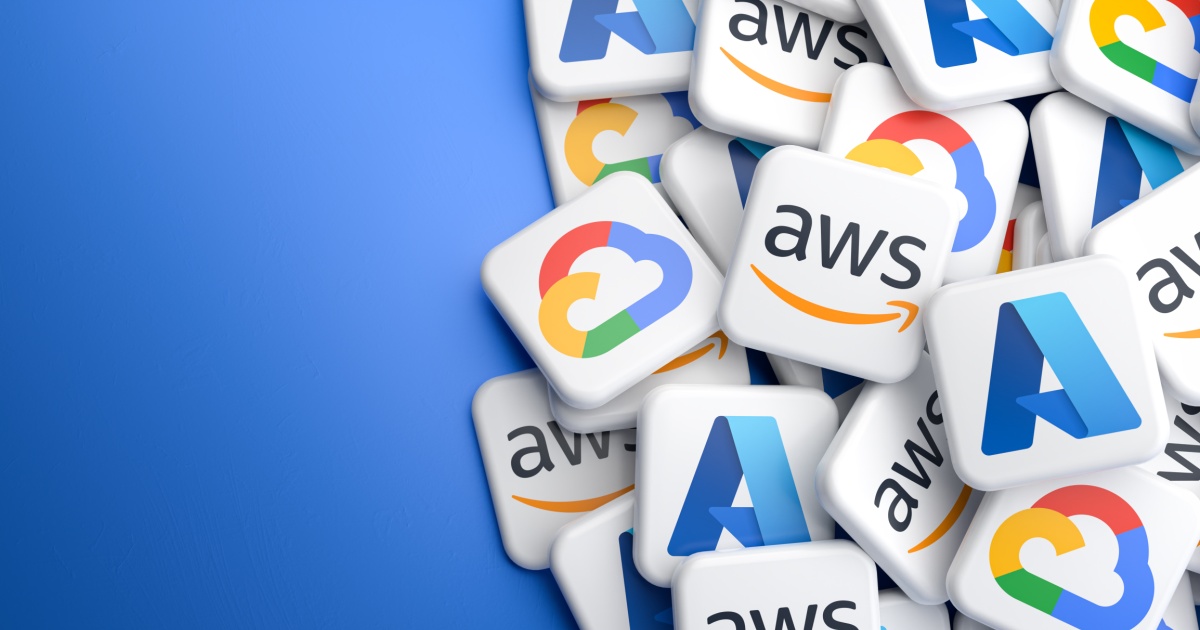
2023 is practically upon us and, in the interest of looking forward, industries in search of compelling modernization require top industrial IoT solutions. As two dynamic leaders in this space, both Microsoft Azure and AWS (Amazon Web Services) offer IoT platforms that help enterprises address critical and ongoing concerns; from reliably aggregating real-time analytics, to sensor integration, optimal asset usage and more. So as we crest the new year, it’s valuable to take a long-story-short type of overview at both platforms for those looking to properly weigh such nuanced options.
At a glance:
The Microsoft Azure IoT Platform enables the development, deployment, scalability and management of IoT solutions; specifically those compatible with infrastructures through OPC Unified Architecture Standards. Azure’s industrial IoT automates data analytics assets, including via Azure IoT Hub, Azure IoT Central, Azure IoT Edge and Azure Digital Twins. (i.e. for predictive maintenance, condition monitoring, and product automation)
The AWS Industrial IoT Platform also offers a range of useful services for modern manufacturing, including AWS IoT Core, AWS IoT Device Management, and AWS IoT ExpressLink. With these, businesses are equipped to create IoT solutions with AI and ML integration (both on edge and in the cloud), accelerate innovation, and scale.
Data analytics: With huge volumes of data to consider, both services bring strong data analytics offerings to the table. On one hand, AWS IoT Core is capable of accepting data from any source (including Amazon Kinesis), allowing for quicker data-gathering. On the other hand, the features of Azure’s Stream Analytics make it easy, too (and without having to learn how to provision virtual machines, for instance).
Development and integration: The software development kits from AWS appear to be broader, in terms of covering more IoT devices and apps. As of now, Azure seems to lack the total broadness that AWS offers integration-wise.
Edge: This one’s trickier. Both Azure and AWS offer industrial IoT services with edge capabilities, but a key consideration here in breaking the tie is flexibility. With AWS, FreeRTOS, Greengrass and IoT ExpressLink aid enterprises with edge device features that broaden infrastructure capabilities regarding edge computing. It’s worth noting that Azure’s IoT offers free edge runtime, but AWS’s flexibility stands out more.
Security: Any industrial IoT provider should take security provisions incredibly seriously. Both Azure and AWS are reliable in this vein; their services offer, for example, risk-free exchange processes, two-way authentication, and TLS connections and encryption. (Notably, Azure Sphere and Azure Defender also come into play here.)
Scaling: At face value, AWS offers more industrial IoT features. With it, many users will find scalability more straightforward. And while Azure IoT Central equips businesses with ready-made UX and API surfaces, AWS’s number of features still slightly outweigh.
Summary: At the end of the day, the above does admittedly produce a bit of a toss-up. (A good toss-up, at that.) There are industrial IoT solutions aplenty with both Azure and AWS. When it comes down to brass tacks, pricing may be the deal-breaker, as might be the size of your solutions-ready environment. Azure proves a smidge more user-friendly in terms of smaller teams, whereas AWS’s comprehensivity suits different project sizes and scopes.
This is not an end-all-be-all report, though. By mid-2023, we may produce a different take. In the meantime, those immersed in industrial IoT have a plethora of options at their disposal.
Edited by
Alex Passett

